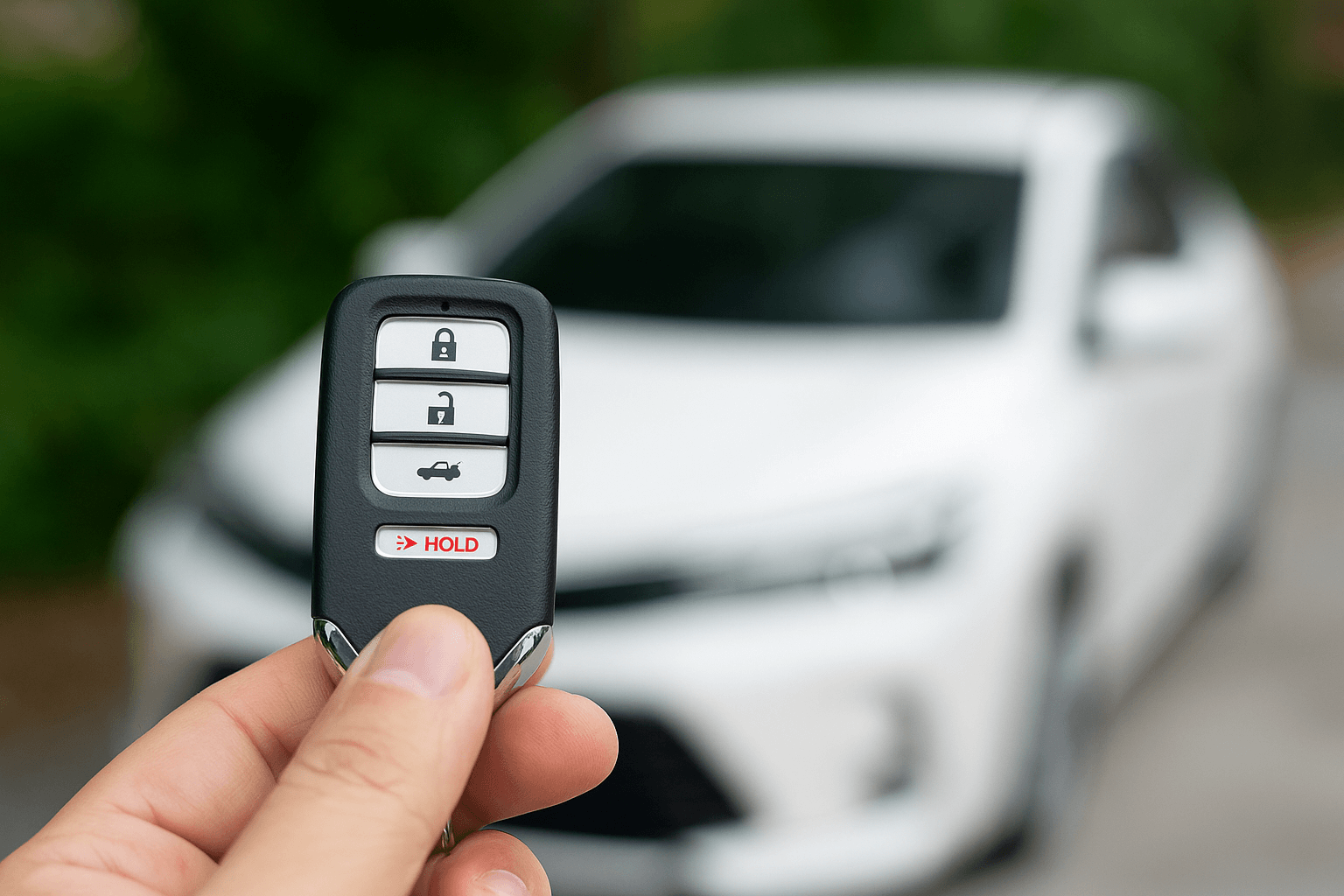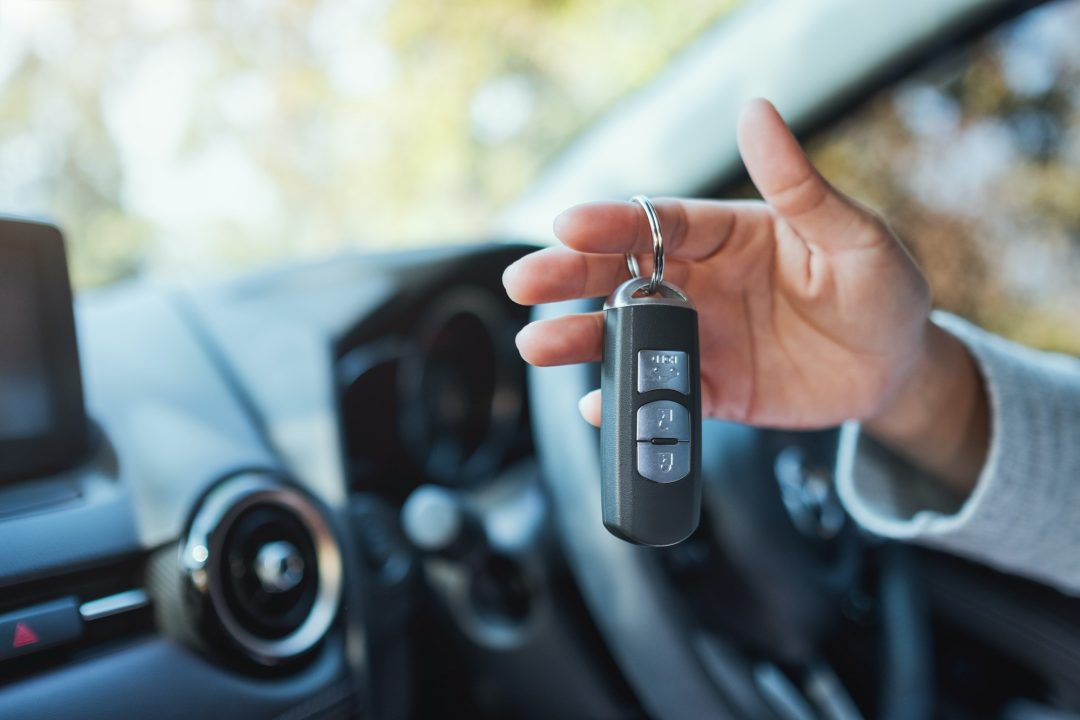[et_pb_section fb_built=”1″ _builder_version=”4.21.0″ _module_preset=”default” global_colors_info=”{}” theme_builder_area=”post_content”][et_pb_row _builder_version=”4.21.0″ _module_preset=”default” global_colors_info=”{}” theme_builder_area=”post_content”][et_pb_column type=”4_4″ _builder_version=”4.21.0″ _module_preset=”default” global_colors_info=”{}” theme_builder_area=”post_content”][et_pb_text _builder_version=”4.24.3″ _module_preset=”default” hover_enabled=”0″ global_colors_info=”{}” theme_builder_area=”post_content” sticky_enabled=”0″]
How to Deal with Battery Management System Errors in EVs
[/et_pb_text][/et_pb_column][/et_pb_row][et_pb_row column_structure=”2_5,3_5″ _builder_version=”4.21.0″ _module_preset=”default” global_colors_info=”{}” theme_builder_area=”post_content”][et_pb_column type=”2_5″ _builder_version=”4.21.0″ _module_preset=”default” global_colors_info=”{}” theme_builder_area=”post_content”][et_pb_image src=”data:image/svg+xml;base64,PHN2ZyB3aWR0aD0iMTA4MCIgaGVpZ2h0PSI1NDAiIHZpZXdCb3g9IjAgMCAxMDgwIDU0MCIgeG1sbnM9Imh0dHA6Ly93d3cudzMub3JnLzIwMDAvc3ZnIj4KICAgIDxnIGZpbGw9Im5vbmUiIGZpbGwtcnVsZT0iZXZlbm9kZCI+CiAgICAgICAgPHBhdGggZmlsbD0iI0VCRUJFQiIgZD0iTTAgMGgxMDgwdjU0MEgweiIvPgogICAgICAgIDxwYXRoIGQ9Ik00NDUuNjQ5IDU0MGgtOTguOTk1TDE0NC42NDkgMzM3Ljk5NSAwIDQ4Mi42NDR2LTk4Ljk5NWwxMTYuMzY1LTExNi4zNjVjMTUuNjItMTUuNjIgNDAuOTQ3LTE1LjYyIDU2LjU2OCAwTDQ0NS42NSA1NDB6IiBmaWxsLW9wYWNpdHk9Ii4xIiBmaWxsPSIjMDAwIiBmaWxsLXJ1bGU9Im5vbnplcm8iLz4KICAgICAgICA8Y2lyY2xlIGZpbGwtb3BhY2l0eT0iLjA1IiBmaWxsPSIjMDAwIiBjeD0iMzMxIiBjeT0iMTQ4IiByPSI3MCIvPgogICAgICAgIDxwYXRoIGQ9Ik0xMDgwIDM3OXYxMTMuMTM3TDcyOC4xNjIgMTQwLjMgMzI4LjQ2MiA1NDBIMjE1LjMyNEw2OTkuODc4IDU1LjQ0NmMxNS42Mi0xNS42MiA0MC45NDgtMTUuNjIgNTYuNTY4IDBMMTA4MCAzNzl6IiBmaWxsLW9wYWNpdHk9Ii4yIiBmaWxsPSIjMDAwIiBmaWxsLXJ1bGU9Im5vbnplcm8iLz4KICAgIDwvZz4KPC9zdmc+Cg==” _builder_version=”4.21.0″ _module_preset=”default” global_colors_info=”{}” theme_builder_area=”post_content”][/et_pb_image][/et_pb_column][et_pb_column type=”3_5″ _builder_version=”4.21.0″ _module_preset=”default” global_colors_info=”{}” theme_builder_area=”post_content”][et_pb_text _builder_version=”4.24.3″ _module_preset=”default” custom_padding=”0px||0px|||” hover_enabled=”0″ global_colors_info=”{}” theme_builder_area=”post_content” sticky_enabled=”0″]
Battery Management Systems (BMS) are crucial for the optimal performance and longevity of electric vehicle (EV) batteries. They monitor battery health, manage charging and discharging processes, and ensure safety standards are met. However, BMS errors can occur, impacting the vehicle’s performance and battery life. Understanding how to address these errors is essential for maintaining an EV’s efficiency and reliability.
[/et_pb_text][/et_pb_column][/et_pb_row][et_pb_row _builder_version=”4.21.0″ _module_preset=”default” global_colors_info=”{}” theme_builder_area=”post_content”][et_pb_column type=”4_4″ _builder_version=”4.21.0″ _module_preset=”default” global_colors_info=”{}” theme_builder_area=”post_content”][et_pb_text module_class=”outline_border_white redbox_cta” _builder_version=”4.20.2″ text_font=”Fira Sans|||on|||||” text_text_color=”#FFFFFF” text_font_size=”22px” background_color=”gcid-608057bc-50cc-4b1a-b022-07c31a7462f8″ text_orientation=”center” custom_margin=”5px||||false|false” custom_padding=”50px|50px|50px|50px|true|true” custom_padding_tablet=”” custom_padding_phone=”50px|25px|50px|25px|true|true” custom_padding_last_edited=”on|phone” text_font_size_tablet=”” text_font_size_phone=”18px” text_font_size_last_edited=”on|phone” text_orientation_tablet=”” text_orientation_phone=”center” text_orientation_last_edited=”on|phone” global_colors_info=”{%22gcid-608057bc-50cc-4b1a-b022-07c31a7462f8%22:%91%22background_color%22%93}” theme_builder_area=”post_content”]
Call (305)860-1440 For 24/7 Service
[/et_pb_text][/et_pb_column][/et_pb_row][et_pb_row _builder_version=”4.21.0″ _module_preset=”default” global_colors_info=”{}” theme_builder_area=”post_content”][et_pb_column type=”4_4″ _builder_version=”4.21.0″ _module_preset=”default” global_colors_info=”{}” theme_builder_area=”post_content”][et_pb_text _builder_version=”4.24.3″ _module_preset=”default” hover_enabled=”0″ global_colors_info=”{}” theme_builder_area=”post_content” sticky_enabled=”0″]
Common BMS Errors in EVs
- Cell Imbalance: Discrepancies in voltage or state of charge between cells that can affect battery performance.
- Communication Failures: Issues in the data exchange between the BMS and other vehicle systems.
- Sensor Malfunctions: Faulty temperature or voltage sensors can lead to incorrect readings and improper battery management.
- Charging Issues: Problems that prevent the battery from charging fully or properly.
Troubleshooting BMS Errors
-
Diagnostic Scans:
- Use an OBD-II scanner that is compatible with your EV to read any fault codes stored by the BMS.
- Codes can indicate specific issues which can guide further troubleshooting efforts.
-
Check Sensor and Connection Integrity:
- Inspect all related sensors and wiring for damage or loose connections.
- Replace or repair any faulty components as detected.
-
Cell Balancing Procedures:
- If cell imbalance is noted, a cell balancing procedure may be necessary. This can sometimes be initiated via the vehicle’s onboard interface or may require professional service.
-
Software Updates:
- Ensure the BMS firmware is up-to-date. Manufacturers often release updates to improve functionality or resolve known bugs.
-
Battery Health Check:
- Conduct a battery health diagnostic if possible. Some EVs allow you to check battery health directly through the vehicle’s dashboard or an associated mobile app.
Preventive Measures
- Regular Maintenance: Keep up with scheduled maintenance checks as recommended by the vehicle manufacturer.
- Proper Charging Practices: Use only the recommended charging stations and adhere to optimal charging practices to prevent overcharging and overheating.
- Environmental Considerations: Store and operate the vehicle in environments that are within the recommended temperature ranges to avoid stressing the battery system.
FAQ
Q: What should I do if my EV’s BMS displays a warning light? A: First, consult the owner’s manual to understand the specific warning. Perform a diagnostic scan to retrieve any error codes, or take the vehicle to a certified EV technician.
Q: How critical are BMS errors to the overall health of an EV? A: Very critical. The BMS directly affects the battery’s longevity and the vehicle’s performance. Ignoring BMS errors can lead to reduced battery life and even safety risks.
Q: Can BMS errors be fixed at home? A: While some diagnostics and minor troubleshooting like software updates can be done at home, most BMS issues, especially those involving hardware like sensors or cells, should be addressed by professionals.
Q: How often should the BMS be checked? A: It’s advisable to check the BMS as part of your regular vehicle maintenance schedule or immediately if any battery-related issues arise.
Conclusion
Dealing with BMS errors in EVs requires a thorough approach, combining diagnostics, timely repairs, and preventive maintenance. By actively managing and troubleshooting BMS issues, EV owners can ensure their vehicles remain efficient, reliable, and safe over their operational lifespan.
[/et_pb_text][/et_pb_column][/et_pb_row][et_pb_row _builder_version=”4.21.0″ _module_preset=”default” global_colors_info=”{}” theme_builder_area=”post_content”][et_pb_column type=”4_4″ _builder_version=”4.21.0″ _module_preset=”default” global_colors_info=”{}” theme_builder_area=”post_content”][et_pb_text _builder_version=”4.21.0″ _module_preset=”default” custom_padding=”|||8px||” global_colors_info=”{}” theme_builder_area=”post_content”][/et_pb_text][/et_pb_column][/et_pb_row][et_pb_row _builder_version=”4.21.0″ _module_preset=”default” global_colors_info=”{}” theme_builder_area=”post_content”][et_pb_column type=”4_4″ _builder_version=”4.21.0″ _module_preset=”default” global_colors_info=”{}” theme_builder_area=”post_content”][et_pb_text _builder_version=”4.21.0″ _module_preset=”default” global_colors_info=”{}” theme_builder_area=”post_content”][/et_pb_text][/et_pb_column][/et_pb_row][/et_pb_section]







